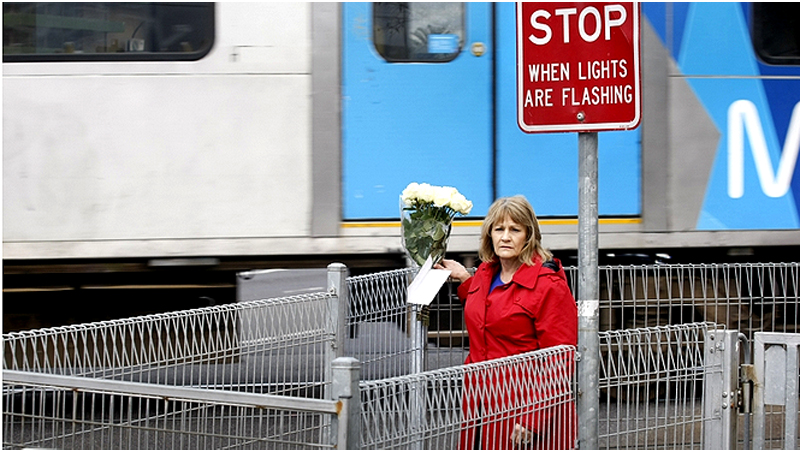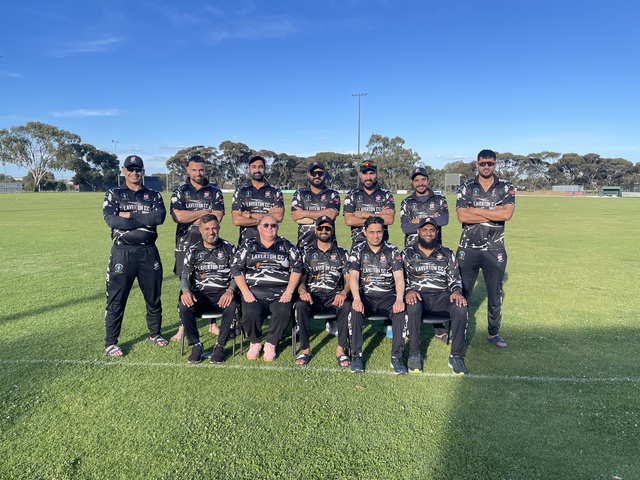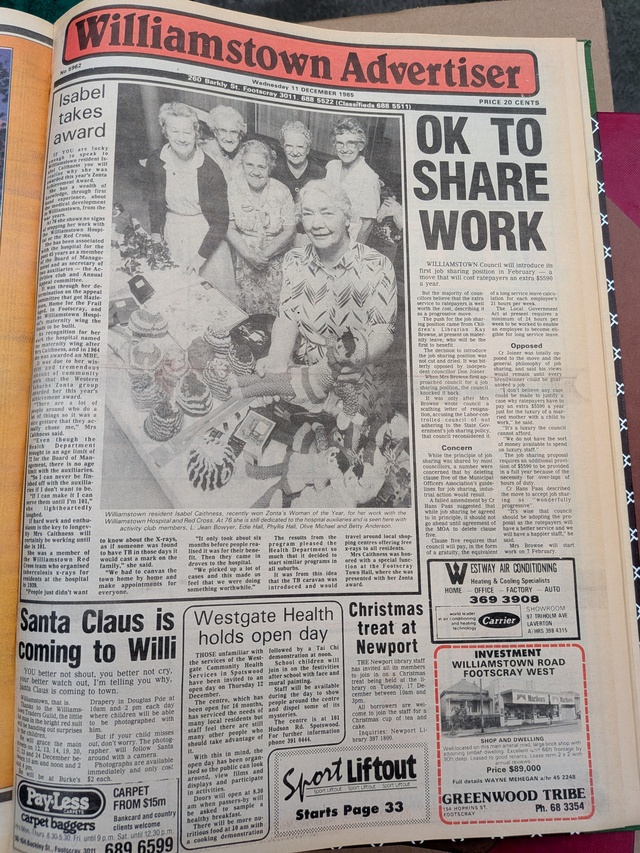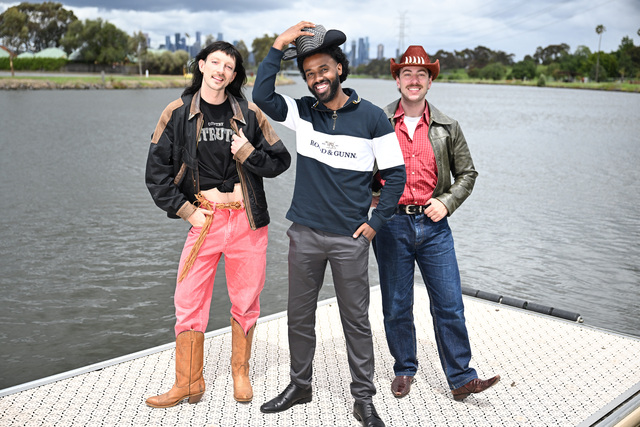Melbourne’s deadliest level crossing, which locals say is responsible for the deaths of 16 people, will be removed under a new project announced by the state government.
On Sunday morning, Premier Denis Napthine said the Coalition would remove the Main Road crossing in St Albans after allocating $200 million for the overhaul, $151 million of which will be provided the by the Federal Government, and the rest from the state with savings generated from the Regional Rail Link project.
Dr Napthine said the St Albans level crossing was “undoubtedly the most dangerous level crossing in Melbourne”, and had to be abolished.
“Tragically, there have been two fatalities and 39 near misses involving pedestrians since 2006,” he said.
“Twenty thousand cars go over this level crossing per day, and 2,500 pedestrians walk across this level crossing in peak times … and you also have the traffic lights and a busy shopping centre here.
“It is a dangerous level crossing, it is a frustrating level crossing and it is a congestion nightmare.”
RELATED: Deadly St Albans crossing’s sad legacy
WHAT DO YOU THINK? Post a comment below
The project, which will commence later this year and end in 2017, will include lowering the rail line and building a new, “premium” train station under Main Road.
The train station car park will be also be moved, and a new bus interchange and pedestrian overpass will be created to replace the existing crossing at Ruth Street.
Transport Minister Terry Mulder said the Coalition took the more expensive option in overhauling the St Albans train station and level crossing, despite cheaper options being available.
“There were a couple options to consider, and one was to put rail over road, and which would have had a significant impact on the community in this area.
“But the community asked for rail under road, the state architect suggested rail under road, and that is a far better outcome for those who live in St Albans.”
Asap Demiri from the the St Albans Trade Association said the overhaul “will inject life into the shopping centre”.
“It will actually start to look like a civilised shopping centre, where people will enjoy going, walking around and meeting people.”
Mr Demiri, who has lived in the area for 36 years, said the level crossing was often called “the Berlin wall” by locals.
“Despite promises, the previous government never delivered, and left the community in agony. So many have died here, and in these cases, it’s not just a person who gets killed – the whole family and community suffer”.
Dianne Dejanovic, whose son Christian was the 16th person to die at the crossing after he was hit by a train in 2012, has campaigned for years to have it removed.
She told Fairfax Media that after 30 years of community action, she could not “celebrate until I see that the crossing has been done”.
“The last government said they were going to do the crossing as well, and nothing happened.
“I welcome the news if it’s true, but it doesn’t help me, of course – today I should have been sitting here and having lunch with my son. The government has come to the party too late for me.”
State Opposition transport spokeswoman, Jill Hennessy, said that while the Main Street level crossing was an “important one to remove”, there were 49 other dangerous crossings which the Coalition were ignoring.
“This is one level crossing removal. Labor thinks level crossing removals are so important, and has committed to removing another 49, including Main Street,” Ms Hennessy said.
“Denis Napthine has had three-and-a-half years to get on with this, but it’s too little, and too late.”
When asked about Labor’s commitment to removing 50 of the state’s worst level crossings if elected this year, Dr Napthine said Labor “hardly did any work to remove dangerous and congested level crossings” during the 11 years they were in government.
“In three years, we have either removed or are actively removing 23 level crossings, plus we have another 10 in planning,” he said.
“We need to judge people for their actions, and not what their words say.”
A 2008 government-funded survey, the Australian Level Crossings Assessment Model report, ranked Victoria’s 1872 crossings in a priority list so the government could decide where to complete safety upgrades.
The report lists – in order of priority – the following level crossings: Mitcham Road, Mitcham, Furlong Road, St Albans, Bell Street, Coburg, Werribee Street, Werribee, Clayton Road, Clayton, Macaulay Road, Kensington, Bell Street, Preston, and Glenroy Road, Glenroy.







